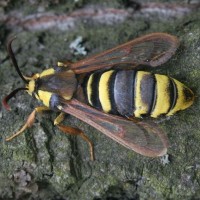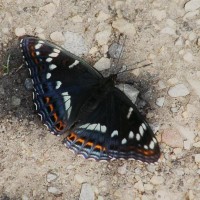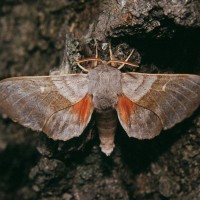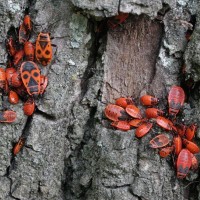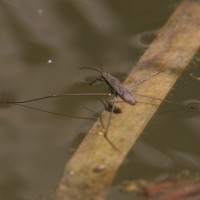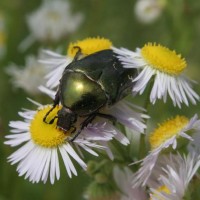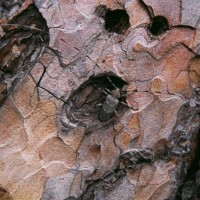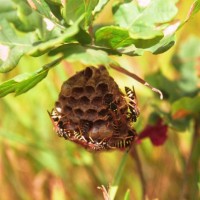Among species found so far in the Świętokrzyski National Park there are: 72 nematode species, 21 oligochaete species, 80 mollusc species, 18 tardigrade species, 23 crustacean species, 14 julida millipede species, over 300 spider species, and nearly 3,000 insect species (including over 30 odonata species, nearly 400 hemiptera species, over 600 beetle species, over 500 butterfly species, nearly 60 caddisfly species, over 400 hymenoptera species, and nearly 700 fly species). Although the number of species is considerable, they do not reflect the actual richness of invertebrates occurring in the Park. It can be reckoned that the actual number of species living in the ŚNP is many times higher.
Some of them deserve particular attention as they are of great natural value, or indicate an appreciable degree of naturalness, or even primordiality of the Park ecosystems, especially forests. Below some of the most noticeable examples are described.
Semilimax Kotulai – a snail which is a montane relict species (late Pleistocene relict) associated with montane primary forests.
Transylvanian Doorsnail (Vestia elata) – a snail which is a montane species associated with shadowy and humid natural forests with lush undergrowth.
Rosalia Longicorn (Rosalia alpina) – a member of the longhorn beetle family. It is associated with large beech forest complexes which, besides having a high share of beech, are not affected by forest economy. Larvae develop in partially or completely dead (mostly fallen or broken) beeches in strongly insolated places. The species is endangered in the entire European range. Probably, in the Świętokrzyskie mountains, including the National Park, it has already become extinct. The last confirmed information about its occurrence in the Park concerns the 1950s.
Hermit Beetle (Osmoderma eremita) – a member of the scarab beetle family. Today it is an extremely rare species. Its larval development lasts several years, and takes place in rotten hollows of deciduous trees (usually old and considerably thick).
Ampedus melanurus – a member of the click beetle family,
Rhysodes sulcatus – a member of the wrinkle bark beetle family,
Ceruchus chrysomelinus – a member of the stag beetle family,
Cucujus cinnabarinus – a member of the flat bark beetle family
All of those species are typical inhabitants of forests with the highest degree of naturalness, or even primordiality. They are associated with coarse woody debris.
Lucanus cereus – the best well-known member of the stag beetle family, and one of the most impressive Polish beetles. Larvae develop in rotting roots of old, dead oaks in open deciduous and mixed forests. In the 1950s, it was still quite frequently observed in the ŚNP. Nowadays, it can be recognised as an extremely rare species.
Marsh Fritillary (Euphydryas aurinia) – a butterfly of the Nymphalidae family. This rarely observed day- flying insect is fast disappearing from Europe. It is associated with extensively used, humid and marshy meadows with Devil’s-bit Scabious (Succisa pratensis), which is a food plant of the species’ caterpillar.


